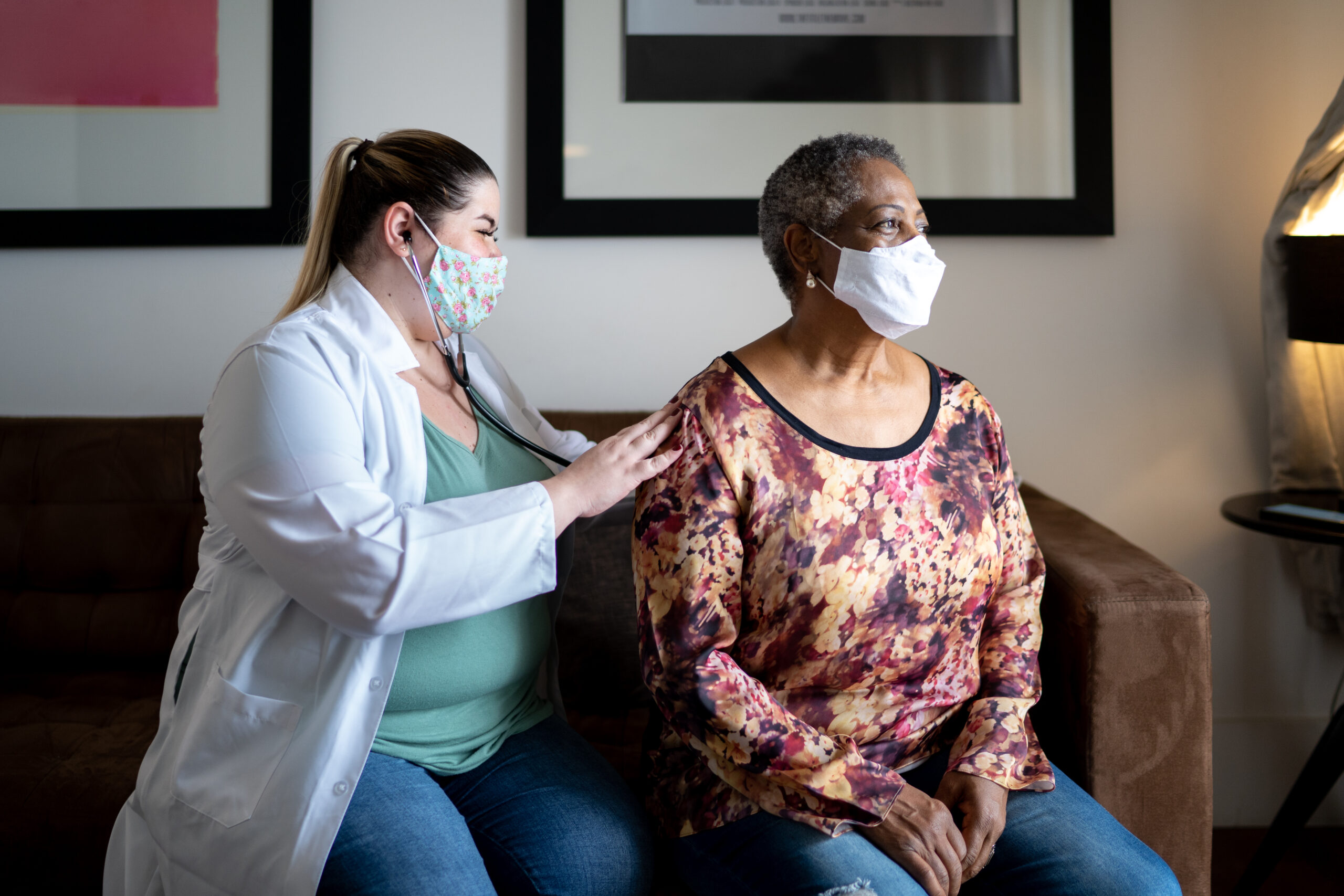The Act is an apology to workers and provides monetary compensation to individuals who contracted certain cancers and other serious diseases:
- following their exposure to radiation released during the atmospheric nuclear weapons tests, OR
- following their occupational exposure to radiation while employed in the uranium industry during the Cold War arsenal buildup.
This law was intended to be a low-cost alternative to individual lawsuits. Claimants qualify for compensation by establishing the diagnosis of a listed compensable disease after working or residing in a designated location for a specific period of time.





